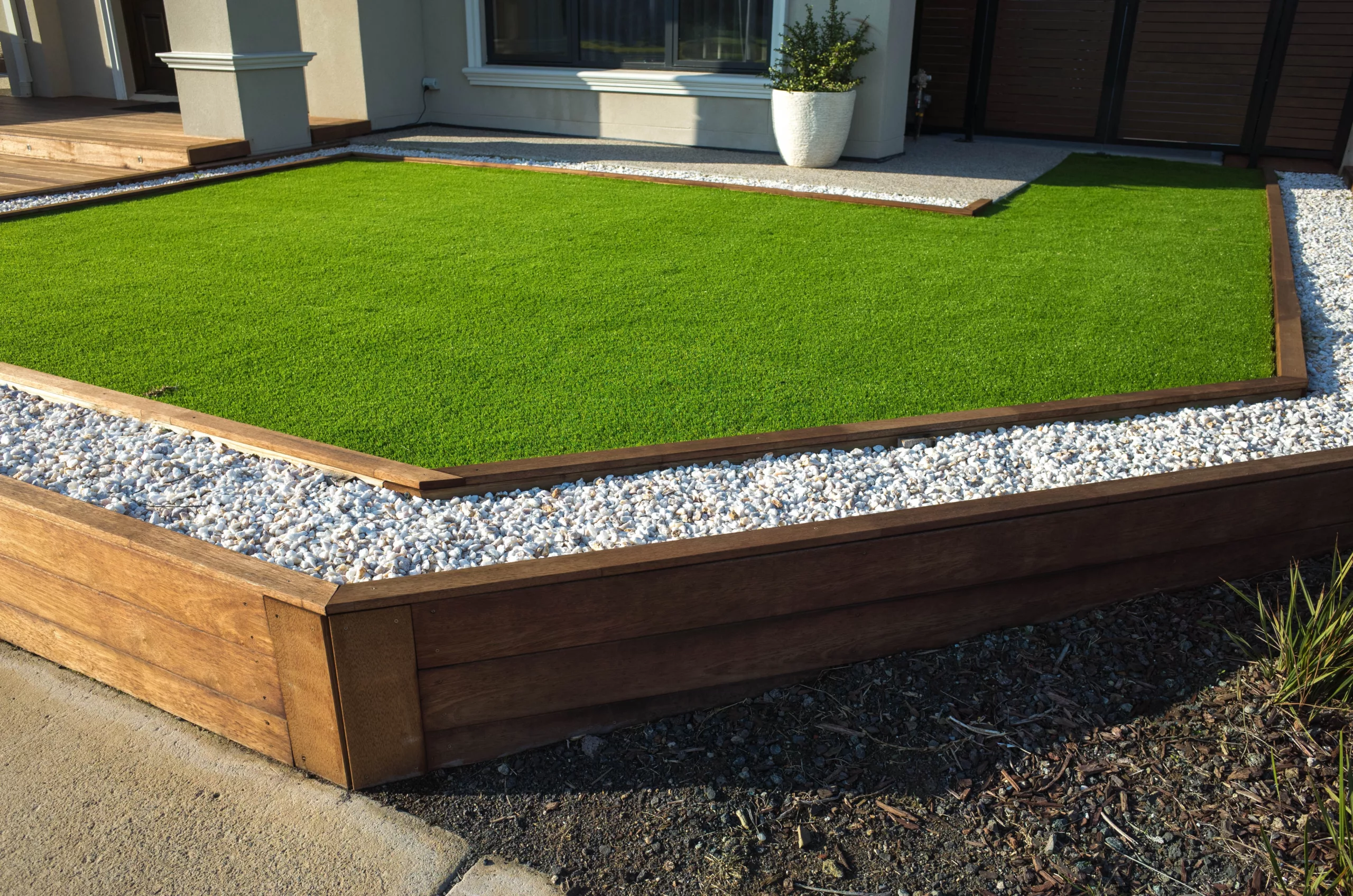4 Easy Facts About Turf Supplier Forney Explained
Wiki Article
The 6-Minute Rule for Turf Supplier Rockwall
Table of ContentsSee This Report about Turf Supplier ForneyFascination About Turf Supplier ForneyTurf Supplier Forney for DummiesThe 8-Minute Rule for Artificial Turf WylieFacts About Turf Supplier Forney Uncovered
Warm-season grasses are best planted in late springtime and also early summertime. Unlike cool-season turfs, some warm-season turfs should be planted either by turf or various other vegetative ways due to the fact that seeds either are not offered or do not lead to uniform stands. Warm-season turfs are normally seeded or grown as a solitary selection (monoculture) as opposed to in blends as well as mixtures.These older cultivars can become thatchy puffy due to an accumulation of dead, dying, decomposing plant deposit at the soil surface. This is specifically so when these lawns are cut high as well as infrequently or greatly fertilized. Thatch may require to be eliminated every a couple of years, yet care needs to be taken due to the fact that the healing price of these cultivars is really sluggish.
With proper upkeep, it will give a thick, rich lawn. St (Turf supplier forney). Augustinegrass is very color and salt forgiving however is considered the least cool tolerant yard turf. The cultivar Raleigh has the most effective chilly tolerance and also is well adapted for the eastern side of the piedmont and also the western side of the coastal level.
Site and also soil prep work, including fertilizing, are especially vital. Preparing the site entails eliminating weeds and also debris, intending for drain, and also grading the site. Control seasonal weeds with a nonselective herbicide. Hard-to-control weeds may call for the services of an expert. Remove debris. Urge that the home builder not use the site as a discarding ground for paint, concrete, and various other products.
10 Easy Facts About Artificial Turf Rockwall Explained
A solitary soil test might be all that is essential if there are no obvious differences in soil appearance, terrain, or troubled areas of the front lawn as well as yard. If the dirts appear different, collect soil samples to a depth of 3 to 4 inches from a number of (10 to 15) places as well as mix them together to create a composite sample.As suggested over, it's finest to submit a dirt example for screening when developing a brand-new yard to establish just how much lime and also fertilizer should be added to your dirt. This is especially important if you are planting centipedegrass. It prefers acidic dirts and also reduced degrees of phosphorus as well as may not require the enhancement of lime as well as phosphorus.
Preferably, the plant food needs to have a 3-1-2 or 4-1-2 evaluation (as an example, 12-4-8 or 16-4-8), as well as one-fourth to one-half of the nitrogen should be a slow-release kind. If this proportion can not be situated, then a straight-grade analysis product (for instance, 10-10-10) may be made use of at a 0. 5 to 0.
Seeding: Cool-season yards are best seeded from mid-August to October 1, relying on place (see Tables 2a, 2b, as well as 2c). Seeding past these days enhances the chance of failing brought on by winter months injury. Springtime or late-winter seed startings are often much less than satisfactory due to the fact that the seedling roots do not have sites time to become well developed before the heat and dry spell of summer season.
The Of Artificial Turf Rockwall
Seed the yearly ryegrass at 1. 5 to 2 pounds per 1,000 sq ft. Rather of adhering to the above suggestions, you might wish to seed the wanted cool-season lawn. This procedure may do well in some years, however in any occasion will offer you ground cover up until fall, also if all of the yard dies. Artificial Turf Rockwall.One means to be sure you have seed or growing material that clings type, devoid of poisonous weed seed, and has low degrees of various other plant seed, is to acquire licensed seed or turf. A blue certified tag suggests that the seed or plants have fulfilled certain requirements to assure excellent quality and also low levels of impurities.
To make sure consistent coverage, utilize a centrifugal (rotary) or drop-type spreader. Gently cover the seed by hand raking or dragging with a floor covering or span of chain-link fencing.

Some Of Turf Supplier Forney
5 to 1 extra pound of nitrogen per 1,000 sq feet each to three weeks for the fastest spread. Right here are the approaches most useful in lawn areas: Space planting is the growing of different shoots or sprigs (joggers, cuttings, or stolons) at regular spacings. This labor-intensive technique is best utilized for growing little areas.
Make sure the dirt is wet (yet not extremely damp) prior to laying sod. Watering the dirt several days before delivery is typically sufficient.
Once more, to make certain high top quality as well as better chance for success, it is extremely recommended that qualified turf be utilized. The times and prices for growing vegetative turfs are offered in Tables 2a, 2b, and also 2c.

More About Turf Supplier Rockwall
Begin mowing as quickly as the grass is 50 percent more than the wanted elevation. For instance, cut tall fescue back to 3 inches when it reaches 4. 5 inches. The regularity of mowing is controlled by the quantity of growth, which depends upon temperature, fertility, wetness conditions, the season, and also the all-natural growth rate of the grass.
Report this wiki page